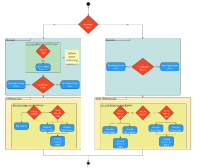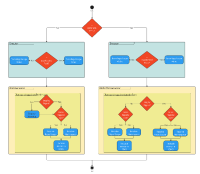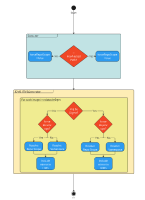-
Story
-
Resolution: Done
-
Critical
-
None
-
None
-
Product / Portfolio Work
-
False
-
-
False
-
8
-
None
-
CLID Sprint 248
Acceptance Criteria
- All tests pass (80%) coverage
- Documentation approved by docs team
- All tests QE approved
- Well documented README/HOWTO/OpenShift documentation
Tasks
- Implement V2 versioning as discussed in the EP document
- Implement code to generate artifacts IDMS ITMS and audit data (
CFE-817) - keep in mind that IDMS generation might be needed for v1
- Implement code to generate CatalogSource
- Implement unit tests
- incorporates
-
CLID-108 e2e testing automation: generate relevant metadata useful for validation and implementation for catalog images according to the requirements for enclave support
-
- Closed
-
-
CLID-109 CI implementation: generate relevant metadata useful for validation and implementation for catalog images according to the requirements for enclave support
-
- Closed
-
-
CLID-110 post-merge testing: generate relevant metadata useful for validation and implementation for catalog images according to the requirements for enclave support
-
- Closed
-
- is depended on by
-
CLID-94 The resulted ICSP should contain details for all operators not just for newly added
-
- Closed
-
- relates to
-
CFE-812 oc-mirror supports ImageTagMirrorSet and ImageDigestMirrorSet
-
- Closed
-
-
CFE-824 Add update strategy to generated catalog sources.
-
- Closed
-
-
CFE-801 Create polling CatalogSource
-
- Closed
-
-
CFE-817 Understand and evaluate work requested for IDMS
-
- Closed
-
- links to
1.
|
Generate ITMS along with IDMS |
|
Closed | |
Sherine Khoury |
2.
|
Generate CatalogSource for each operator catalog |
|
Closed | |
Unassigned |
3.
|
Implement logic for --max-nested-paths |
|
Closed | |
Unassigned |


